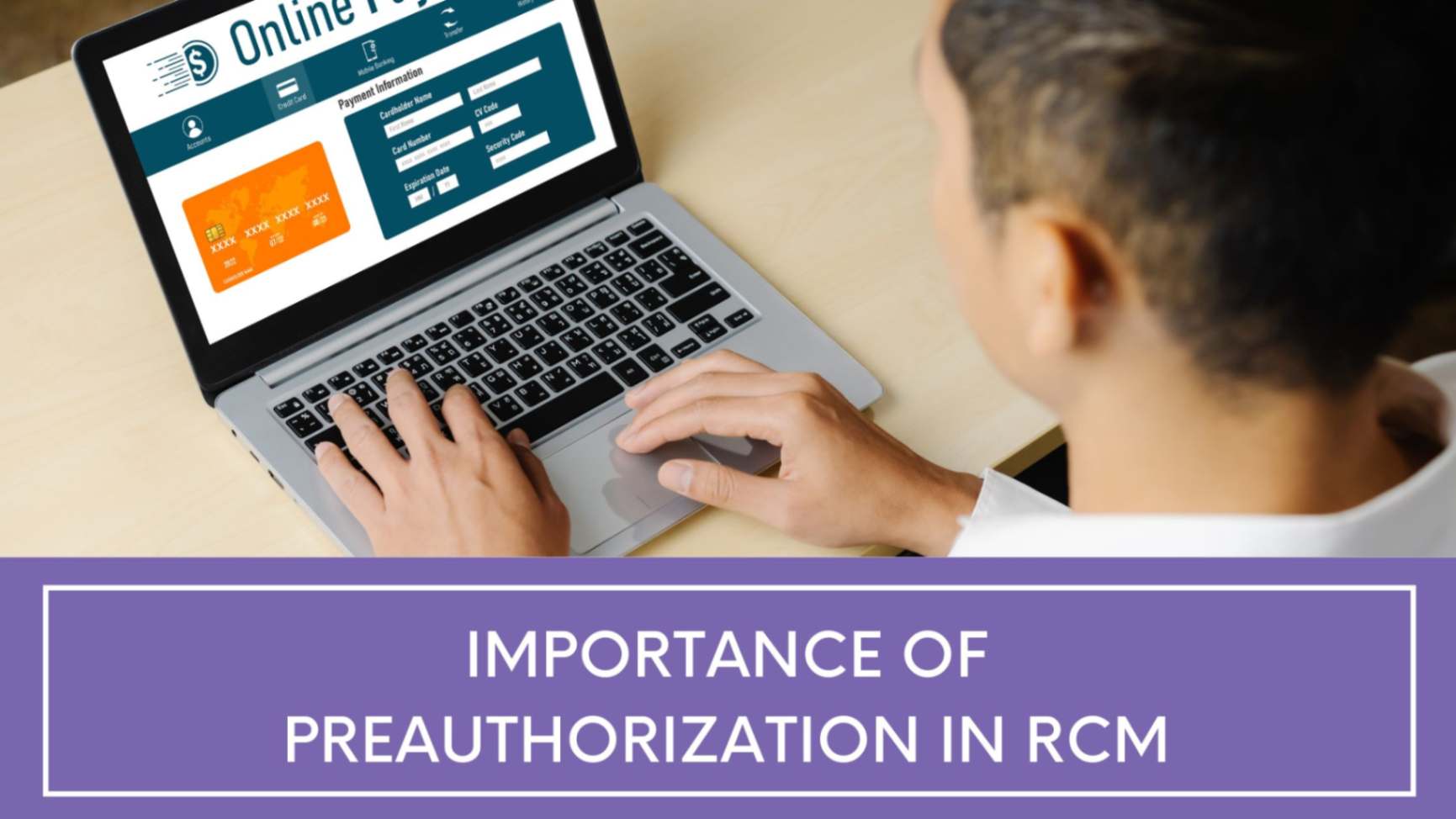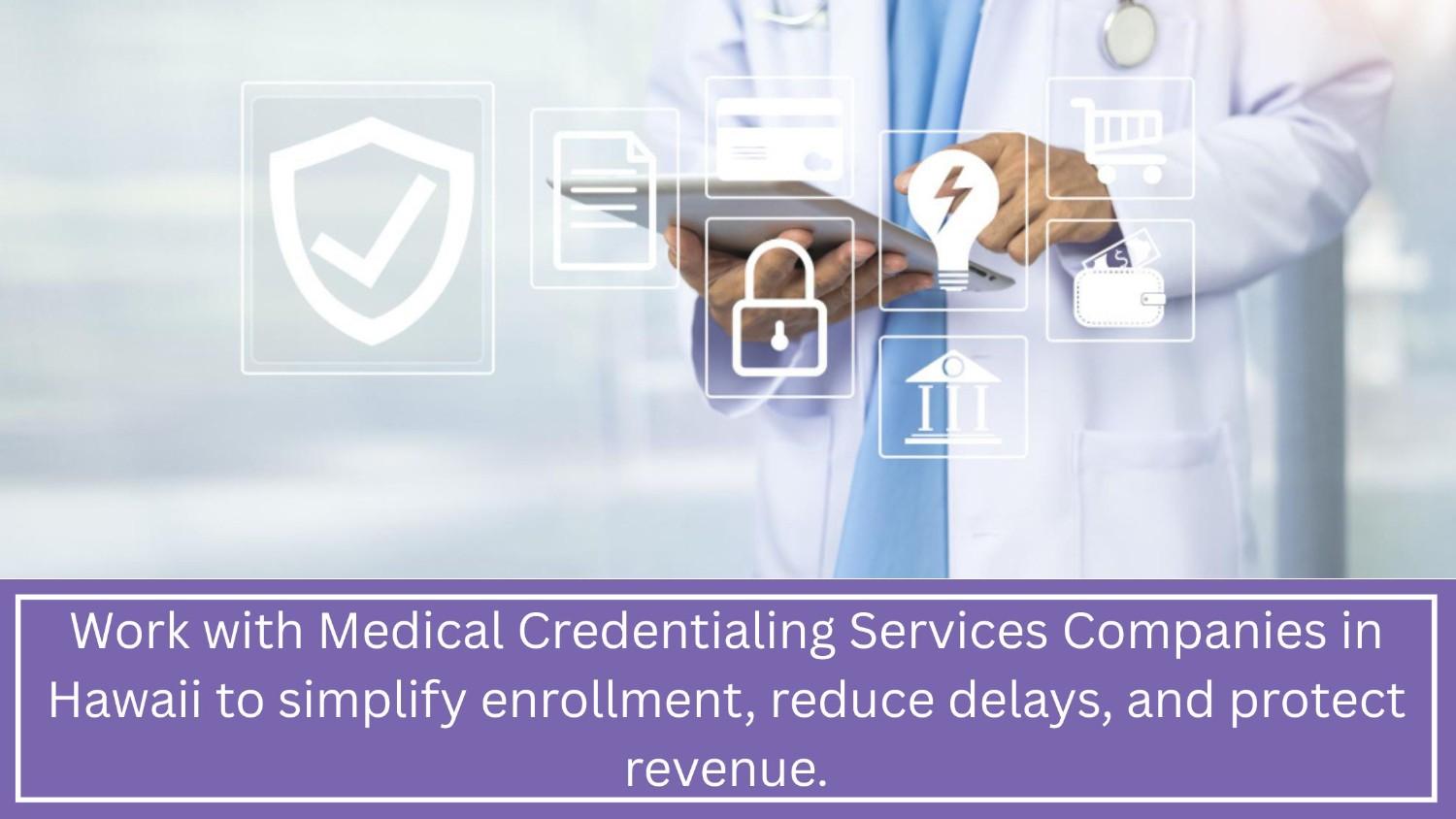Importance of Preauthorization in RCM
The process of receiving permission from the payer before the provider offers treatments to the patient is known as Preauthorization (PA). It is the insurance company’s confirmation that such a healthcare procedure, care plan, drug, or treatment is deemed clinically essential and would be reimbursed.
Let us go over the importance of the PA process in detail, considering several scenarios:
Table of Contents
The Need for Preauthorization in RCM
The PA is crucial to RCM because payers must validate whether a certain service or treatment will be compensated.
If an insurer does not authorize specific treatment, item or service, health providers should sit tight for approval or approach the health insurer before executing the service.
The process of preauthorization aims at reducing duplicate services and costs for the payer. An authorization that is not approved interrupts the patient treatment process due to procedures that are not sanctioned, missing patient information, or incomplete medical documentation.
For example:
- A pulmonologist may prescribe a chest CT scan for a client, although the same scan may have been prescribed a few weeks prior by a cardiologist. The insurance company will not authorize the current CT request unless it is evident that the prior scan was already evaluated and that an additional scan is required.
- If a patient has been getting physiotherapy for a month and got a prescription for additional three months of identical therapy, the insurance provider will first determine whether or not the treatment was effective. If the patient responds positively, the extension may be granted; otherwise, the insurance provider would not grant an extension.
- Certain operations do not require PA and are exempted in emergency situations, and in cases when treatment is provided, healthcare practitioners request retroactive authorization.
The Process for Getting Preauthorization
When a patient arrives at a healthcare institution, his medical insurance is checked and his benefits are validated. If any details are missing, the individual is approached for further details. At this point, the patient is also informed of the potential costs. If something changes, the data is revised in the medical PA software. The insurance company’s PA team checks the patient’s schedule and approaches the payer’s backend team to receive the preauthorization code.
They send the codes to the doctor’s office and ensure that the health insurance company covers the treatment and that the patient receives the treatments to which he is entitled.
Keep in mind that, after a referral has been received, the following actions must be taken:
- Contact insurance and share all clinical documents to obtain initial authorization to begin the treatment.
- Following that, providers are required to complete the initial start of care document and care plan paperwork; send the clinical data to the insurance provider together with the preauth request form, to acquire authorization for all upcoming visits.
- The provider should maintain a strict follow-up timeline and a schedule of events to track progress; for instance, some clinics follow up with the patients via a telephone call and snail mail after 5 business days of asking an authorization; after a week, not only will the insurance provider receive a reminder call, but even the patient will be notified that the service may not be deemed unless the insurance provider responds – this would also trigger patients getting their own follow-ups with the insurance company; after ten days, notices will be sent to the insurance provider, the physician, and the patient, informing them of the service disruption; after 13 days, the service will be terminated. If the routine is not the same, healthcare facilities could establish their own methods of following up on a PA request.
- Make it a practice to list the progress of all PA requests on a weekly basis, whether they are open, pending, or rejected; this reporting and overseeing process will give input on how to simplify the PA function at the healthcare institution.
Some benefits of pre-authorization include:
- Minimization of rejections and boosts collections.
- Reduction of write-offs.
- Helping the patient in knowing their financial responsibilities.
- Supporting healthcare practitioners in focusing on patients.
- Providing solution that are accountable and cost-cutting.
Guarantee Smooth Preauthorization:
Healthcare providers constantly encounter issues throughout the preauthorization process; the following are some effective practices to minimize significant interruptions in the PA process. To ensure seamless preauthorization:
- To acquire preauthorization, provide accurate documentation and follow-up on a regular basis.
- Notify insurance providers of any emergency patient admissions.
- It is vital that the payer and the provider communicate. The insurance provider should keep in touch with them regularly.
- Synchronize pre-registration data with the PA technique; because patient information is acquired prior to scheduling appointments, this will help the PA process to be streamlined.
- It is crucial to use CPT codes correctly. The billing entry person must select the right, Current Procedural Terminology (CPT) code.
What happens if pre-authorization is not acquired?
The payer policies govern who is in charge of paying the bill in cases when preauthorization is not granted. While some health plans hold the physician responsible, some health plans place all of the obligations on the patient. When a patient gets surgery without first receiving preauthorization, certain payers refuse to pay.
Insurance companies employ exclusion lists to identify which drugs and treatments are and are not covered by the Plan.
As a result, patients are denied operations, which sometimes can lead to a change in the treatment regimens against the doctor’s advice. Many people believe that if they have medical insurance, their recommended medication or therapy will be compensated. They are unaware of the new exclusion list entries until their payer tells them that the operation is no longer covered.
Remember that each payer has their own set of exclusions and inclusions.
Some payers may include operations such as selective/emergent/urgent medical treatments, surgical inpatient stays, skilled nursing facility services, inpatient rehabilitation treatments, subacute admission processes, or transplants as inclusions. As a result, they require preauthorization. PA is also typically required for pricey radiological procedures such as ultrasounds, CAT scans, and MRIs.
Procedures such as the screening tests (ST), Outpatient Treatment (OT), Physical Therapy (PT), and initial review, on the other hand, do not require prior approval. For the first 12 visits or hours in a calendar year, no PA is required for ST. Some prescriptions are also not covered; as a result, healthcare practitioners are urged not to prescribe or bill for such medications.
What exactly is Retroactive Authorization?
Retroactive authorization is typically requested and granted in cases that necessitated an emergency procedure be performed on the patient. In such situations, most payers want treatment authorization in under 14 days of the patient receiving the service. These permission requests are known as retroactive authorizations; the physician files the claims, and the payer replies to pay the claims based on a specified set of rules.
Final Thoughts
Despite the fact that preauthorization could cause treatment delays and deny patients of medical services, healthcare practitioners must obtain PA. Likewise, even though patients may be overburdened with a lot of paperwork and long wait times, it is advisable to seek PA in the interest of controlling costs and access to the best care.
Practolytics specializes in next-generation RCM services, including preauthorization’s, to help medical practices improve cash flow and streamline their medical billing operations. Please contact us at [email protected] to learn more about how we may assist you.
ALSO READ – The True Importance of Credentialing in Healthcare
Talk to Medical Billing Expert Today — Get a Free Demo Now!






